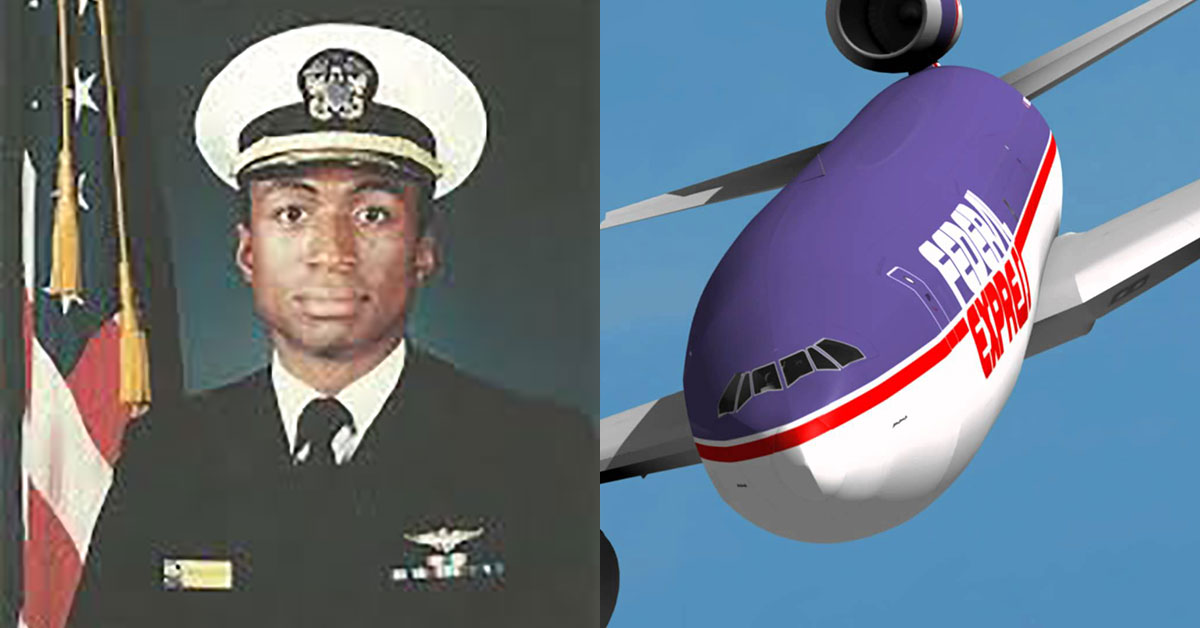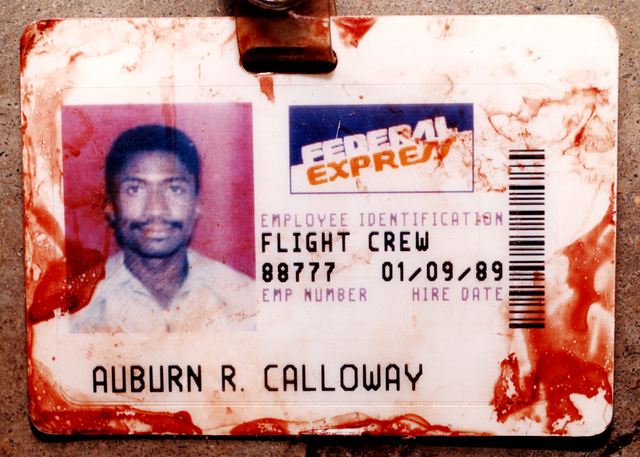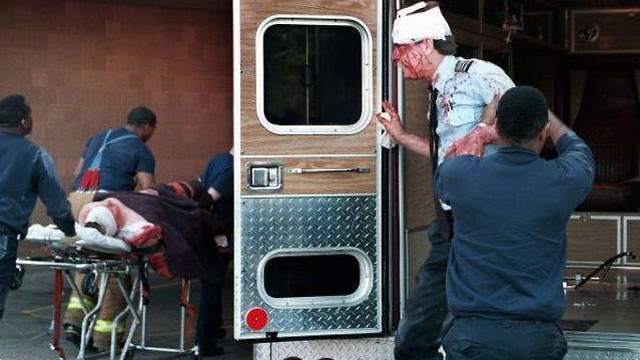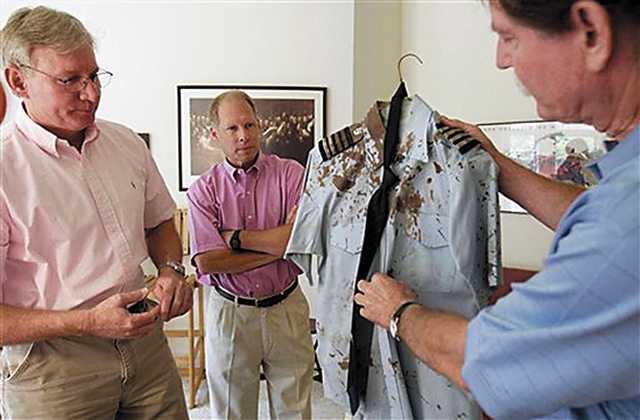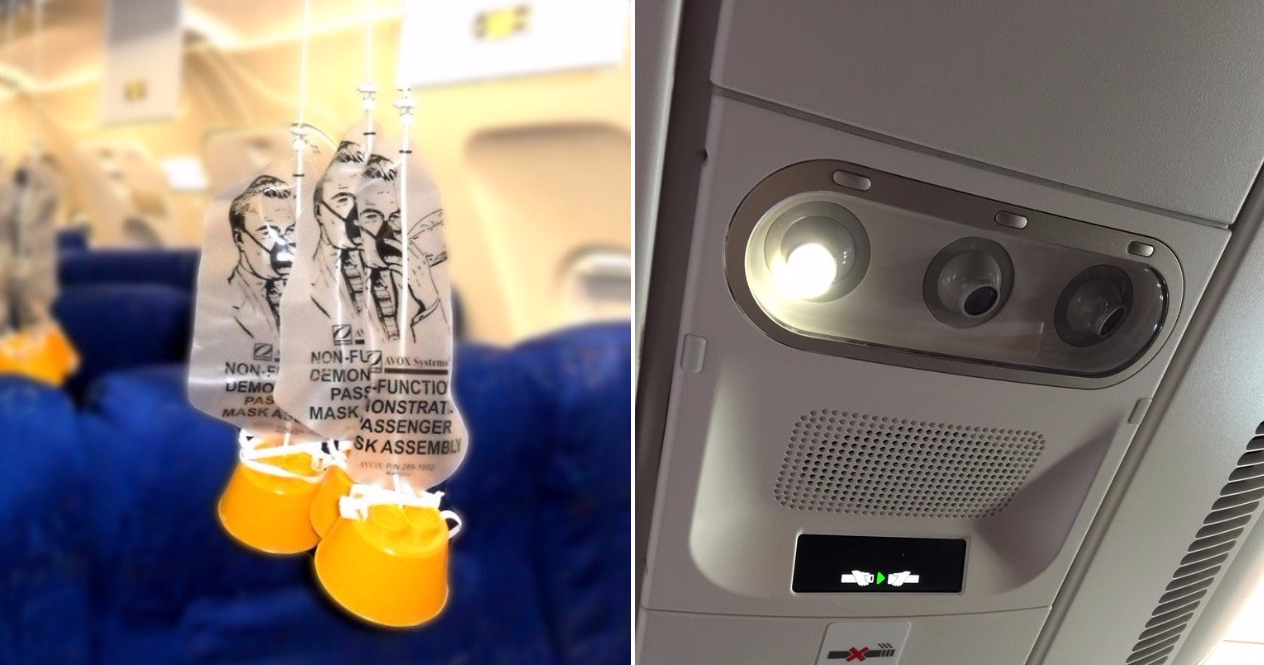In April of 1994, there was an attempted suicide mission on board Federal Express Flight 705. A disgruntled employee was ready to take down the entire cargo aircraft so his wife could receive his life insurance benefit, but the two pilots that day were not about to let that happen.
The Hijacker
Auburn Calloway, a 42-year-old FedEx flight engineer, was a former Navy pilot and martial arts expert. He was facing dismissal charges from FedEx over the irregularities in reporting his flight hours, so he felt the only option was to commit suicide by faking a hijacking. His family would benefit from the $2.5 million life insurance policy and he would not be disgraced by getting fired. To say this did not end the way Calloway intended is an understatement.
The Flight
Federal Express Flight 705 was a cargo jet carrying electronics equipment across the United States. As part of his plan, Calloway attempted to disable the cockpit voice recorder (CVR) which records the proceedings in the cockpit in case an investigation needs to be conducted. Calloway did manage to pull the circuit breaker, but during a pre-flight check, the flight engineer Andy Peterson noticed it was disconnected and rest it before take-off.
Calloway boarded the plane as a deadhead passenger, meaning all of the passengers on board the flight were actual crew members being transported from one location to another. He brought a guitar case filled with hammers and a spear gun, with the intention of killing everyone on board and then crashing the plane.
Twenty minutes into the flight, Calloway began attacking the crew. Each member took multiple blows from the hammer. Peterson was struck in the head, fracturing his skull and severing his temporal artery. Pilot Tucker also took a blow to the head which fractured his skull. This initially rendered him immobile, but still conscious. Captain Sanders remembers the lack of emotion in Calloway's face.
Calloway stopped attacking with the hammers, which is when Peterson and Sanders began to fight back. Peterson was staring down the barrel of Calloway's spear gun, but he grabbed it bare handed and took it away from Calloway.
Tucker regained mobility, but what could he do next?
The Heroics
Even though Tucker was severely injured, he knew he had to save everyone. He began initiating aerial maneuvers he learned from his Navy training. He pulled the plane into a 15 degree dive, throwing Sanders, Calloway, and Peterson out of the cockpit. Tucker then turned the plane into a left roll which threw Calloway into the left side of the plane.
Tucker then rolled the plane almost upside down, at 140 degrees, which pinned Calloway, Peterson, and Sanders to the ceiling. Calloway reached a hammer and struck Sanders again, but Tucker sent the plane into a steep dive. The plane was travelling at 530mph towards the ground, which caused some mechanisms to stop working. Tucker used his only functioning hand to pull back the throttles, pulling the plane back out of the dive.
Calloway and Sanders were still struggling, with Calloway striking him once again. Peterson's artery was still bleeding, so Sanders was left to fight on his own. Sanders reached Calloway's hammer and began attacking him with it. Once the flight was level, Tucker called for an emergency landing and an armed intervention upon arrival.
Sanders took over control as pilot while Tucker lost function in the right side of his body. He helped as the flight crew managed to restrain Calloway.
The plane was scheduled to land on runway 9, but Sanders realized the plane was moving too quickly and would run out of space. He requested to land on a different runway, and ignoring warning messages from the computers while testing safety limits of the plane, managed to land the plane safely with no casualties.
So what happened after the plane landed?
The Aftermath
The left side of Tucker's skull was severely fractured, which caused motor control problems in his right arm and leg. He also suffered a dislocated jaw at the hands of Calloway, who also tried to gauge Tucker's eye out and stabbed him in the arm. Sanders suffered several major cuts to his head. Doctors had to sew Sanders' right ear back into place. Peterson's skull was severely fractured and his temporal artery was severed. The rest of the crew suffered extreme injuries, but none of them fatal.
Calloway pleaded temporary insanity when on trial, but it was not accepted. He was charged with attempted murder and attempted air piracy. He was given two consecutive life sentences and because they were under federal law, there was no chance of parole.
One month after the attempted hijacking, the Air Line Pilots Association awarded Dave Sanders, Jim Tucker, and Andrew Peterson the Gold Medal Award for heroism. This is the highest award a civilian pilot can receive.
None of the crew was ever cleared by medical professionals to fly again commercially due to the severity of their injuries, but Tucker took up recreational flying.
I think it's safe to say these men are the definition of heroes! Share if you agree!
